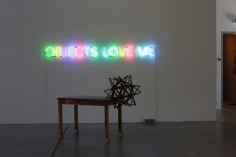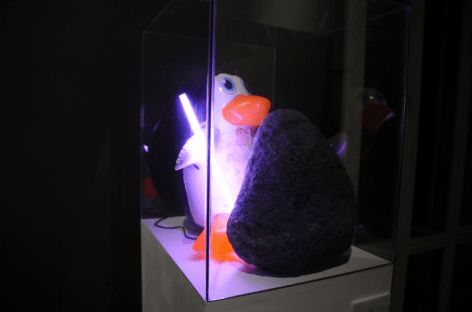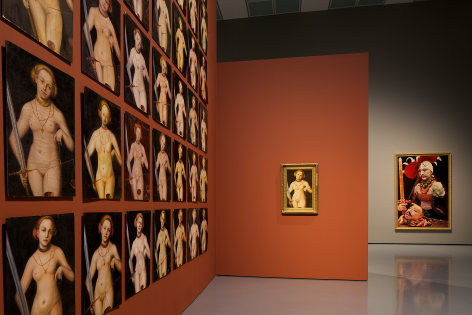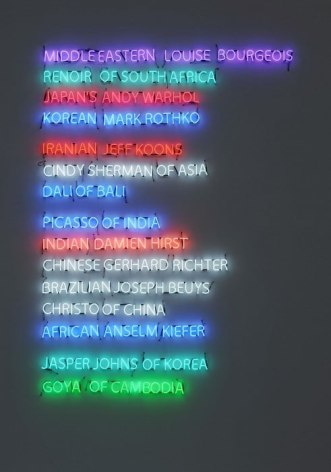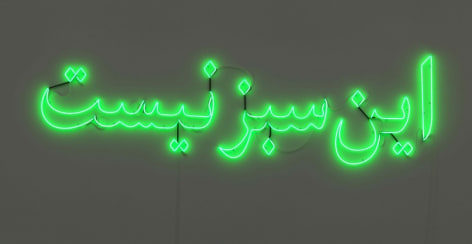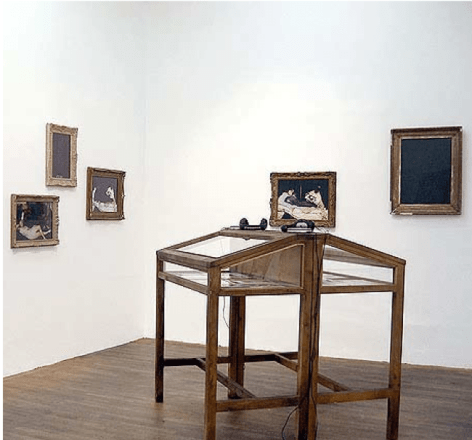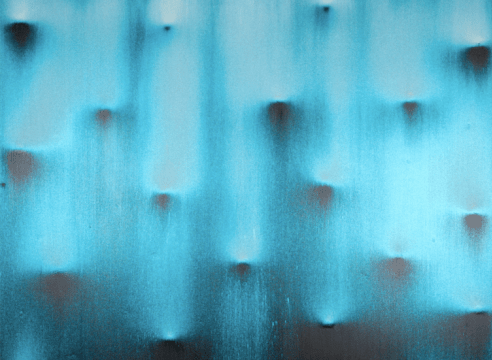
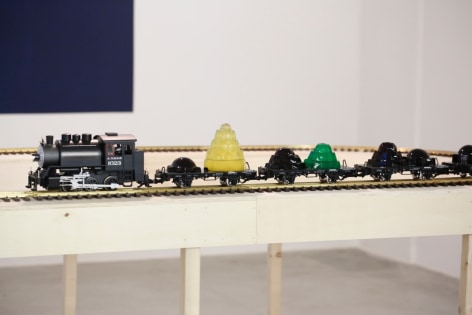
Hana's Toy Train, 2016, 340 cm x 180 cm x 120 cm, Model Train, Wood, Plastic, metal rail and Jelly

Properties Of Objects, 2012-2016, Wood, Jelly
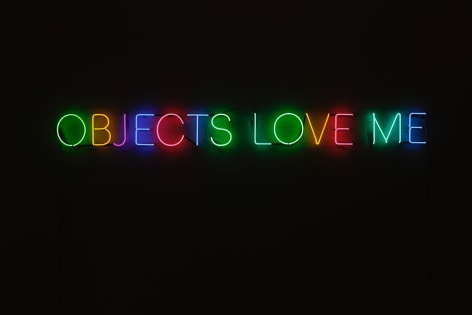
Love Story, 2016, 140 x 40 cm, Blue Dark and light Green Yellow Purple and pink Neon
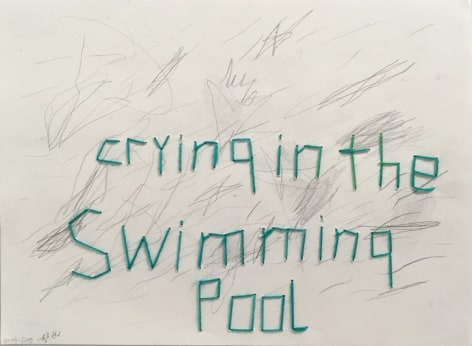
Crying in the Swimming Pool, 2015
Embroidery on paper
9 x 12 in / 22.9 x 30.5 cm
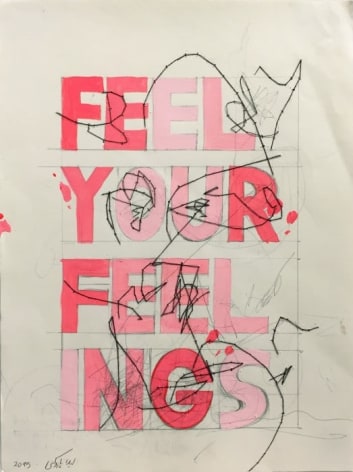
Feel Your Feelings, 2015
Embroidery on paper
12.5 x 9.5 in / 31.8 x 24.1 cm
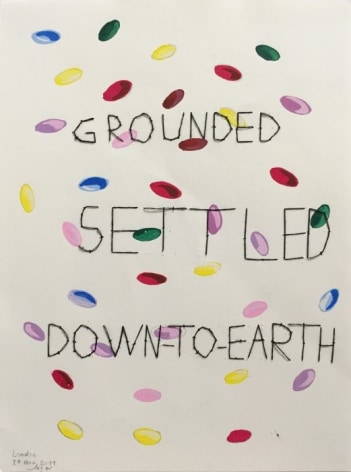
Grounded Setteled Down To Earth, 2015
Embroidery on paper
12 x 9 in / 22.9 x 30.5 cm
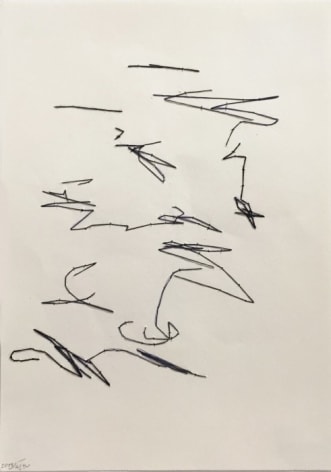
Untitled, 2015
Embroidery on paper
11 x 8 in / 27.9 x 20.3 cm
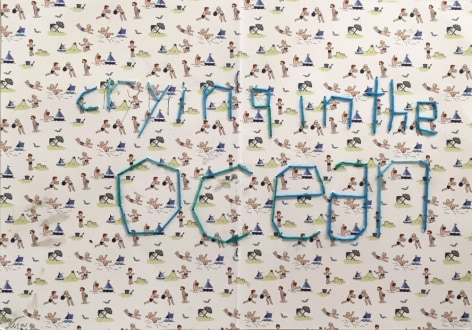
Crying in the Ocean, 2015
Embroidery on paper
8.2 x 11.5 in / 20.8 x 29.2 cm
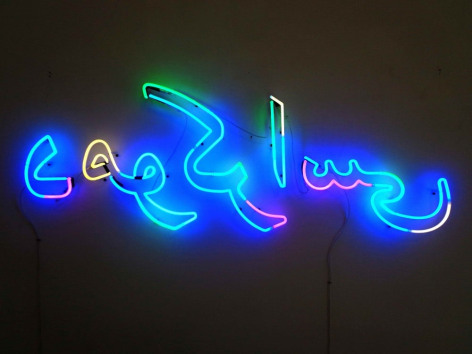
Democracy, 2014
Illuminated glass tubes
55 in / 140 cm
Edition of 4

Spiritual Prostitution, 2013, Neon Tubes, 55 x11 1.5in
A Table, Dodecahedron and four wheels, 2012, 130 cm x 110 cm, Oak and walnut Wood
The Penguin, 2012, Mixed media
Fair Trade A Painting Competition of Allegory of Justice by Lucas Cranach the Elder, 2011, 95 Panels, 72 x 50 cm installation Size Variable, Oil on wood Panel, Video Documentation. Courtesy of Museum Kunstpalast, Dusseldorf
Fair Trade A Painting Competition of Allegory of Justice by Lucas Cranach the Elder, 2011, 95 Panels, 72 x 50 cm installation Size Variable, Oil on wood Panel, Video Documentation. Courtesy of Museum Kunstpalast, Dusseldorf
Moment of Glory, 2010
Neon light installation
Dimensions variable
Edition 3 of 4
This is Not Green, 2009
Neon tube installation
Edition of 9, 1 AP
The Aesthetic of Censorship, 2009, Mixed media
Leila Pazooki was born in 1977 in Iran. She studied painting at the National Art Academy in Tehran following the Islamic Revolution, and continued her education at The Academy of Fine Arts in Munich. After a stint in Mexico, Pazooki currently resides in Berlin, where she is pursing a Master’s Degree at the Berlin University of Arts.
Pazooki’s work is primarily an inquiry into the concept of borders, and the manner in which information, language, visual vernacular, and cultural associations are contorted, and conflated, as they cross physical and imaged boundaries. Borders establish limitations that her work—often consisting of layered ‘forbidden’ images manipulated to veil their illicit content—bring to question the notion and validity of acceptability. As such, Pazooki’s multi-layered works serve to dissolve the distinction between what is tolerable and what is taboo. More recently, Pazooki’s exploration of borders has brought her to consider media and the perceptions, paradigms, cognitive processes, and associated relationships that it stimulates and maintains. Deeply cosmopolitan, her works can be read as visual material aiding in the fight against the hegemony of borders that stratify the world by way of political and canonical prejudices.
